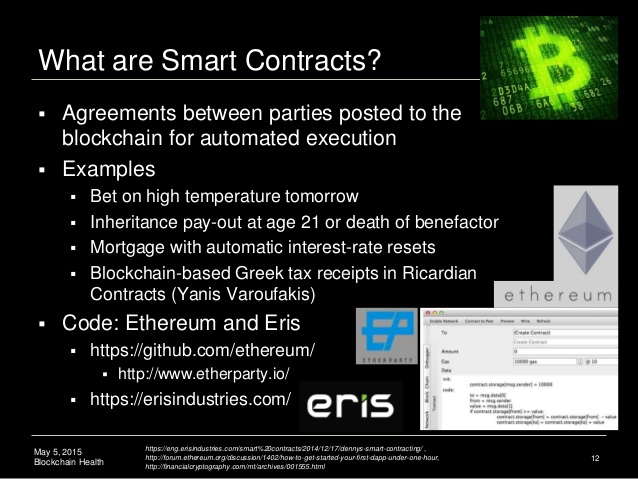smart contract in crypto currency explained .
- What are CryptoDepository Receipts?
CryptoDepository Receipts, or CryDRs, are smart contracts written on a decentralized network.
A CryDR represents the value of a real-world asset. It allows anyone to tokenize traditional asset classes and put it on a decentralized Blockchain, including commodities, currencies, futures, bonds and other financial assets.
A CryptoDepository Receipt is basically the value of the underlying asset on the Blockchain, and is denominated in the unique cryptocurrency of that network. It’s constructed with built-in regulatory, KYC and AML compliance. This means tokens issued on the network are enclosed in real-world rules, ensuring adherence to regulation at all times.
Fiat CryDRs can also be used in trading, remittances and global payments.
- How does it work?
It acts as a bridge between existing financial infrastructure and the evolving crypto market.
Users can deposit traditional, as well as digital assets into the network’s DAO (Decentral Bank). In return, the user receives a CryDR token that represents the value of the underlying asset held in the decentralized network. A CryDR token is created for every asset held by the DAO.
If users want to withdraw their stored assets, they simply return the CryDR and network token. The underlying asset is returned through various payment and transfer methods, at which point the token is destroyed.
CryDRs can also be transferred to other entities or individuals, who can then reclaim the token for the value in the network cryptocurrency, through the Decentral Bank.
In addition, CryDRs are programmable smart contracts, with in-built logic relating to specific asset class and region, allowing only authorized individuals to trade the tokenized asset.
On the Jibrel Network, for example, CryDRs have smart regulation embedded into them to ensure asset-backed tokens comply with real-world regulations such as KYC and AML.
- What is smart regulation?
It’s a rule-book deployed on the Blockchain and built into the CryDRs, to ensure regulatory compliance.
The rules are based on factors such as the asset class, and the jurisdiction of the held asset. These are real-world rules translated into code. So even though CryDRs run on a decentralized network, they still follow the rules as stipulated by market regulators.
Anyone can tokenize a real-world asset. The tricky part is to regulate that tokenized asset as if it was a traditional asset. This is what smart regulation is, it’s governed without governments.
Before a transaction can be completed on the decentralized network, it will automatically check with the ‘rule-book’ to see if it complies with regulation. Only then will the transaction go ahead.
It’s these smart regulations built into CryDRs that differentiates a network like Jibrel from other tokenized securities platforms.
- What are the benefits of CryDRs on a decentralized network?
Problems haunting traditional banking, like slow transfer times and high fees, can be removed by bringing real-world assets onto a Blockchain.
Using smart-contracts, CryDRs will eliminate the need for humans and institutions to enforce banking services. This will reduce traditionally high banking fees through automation, while at the same time increasing the transparency and auditability of transactions.
A network like Jibrel will allow users to sign up for loans, get that loan securitized, and for an investor to buy the security containing the loan. It could revolutionize how capital is allocated around the globe, and completely change the way retail banking is conducted.
Aligning investor and borrower interest through code will substantially reduce the risks of trading tokenized assets on a decentralized network. It takes the uncertainty out of a murky area when it comes to registering tokenized assets. Regulatory bodies such as the SEC are still uncertain as to how they should be treated.
Entities will also be able to benefit from on-chain/off-chain arbitrage. Cryptocurrencies are known to be volatile, creating a substantial need for stable on-chain assets. If a real-world asset is tokenized, and the value is driven up due to the scarcity of stable on-chain assets and a strong belief in its redeemable qualities in the future, the on-chain asset value becomes higher than the off-chain purchase price, providing an opportunity for the trading entity to sell the asset at a premium.
Finally, asset-backed CryDRs provide decentralized funds with the opportunity to venture into traditional asset markets and enable customers to send, receive and store value in their local currency from anywhere in the world at drastically reduced fees.

Congratulations @manishjangid! You have completed some achievement on Steemit and have been rewarded with new badge(s) :
Click on any badge to view your own Board of Honor on SteemitBoard.
For more information about SteemitBoard, click here
If you no longer want to receive notifications, reply to this comment with the word
STOP